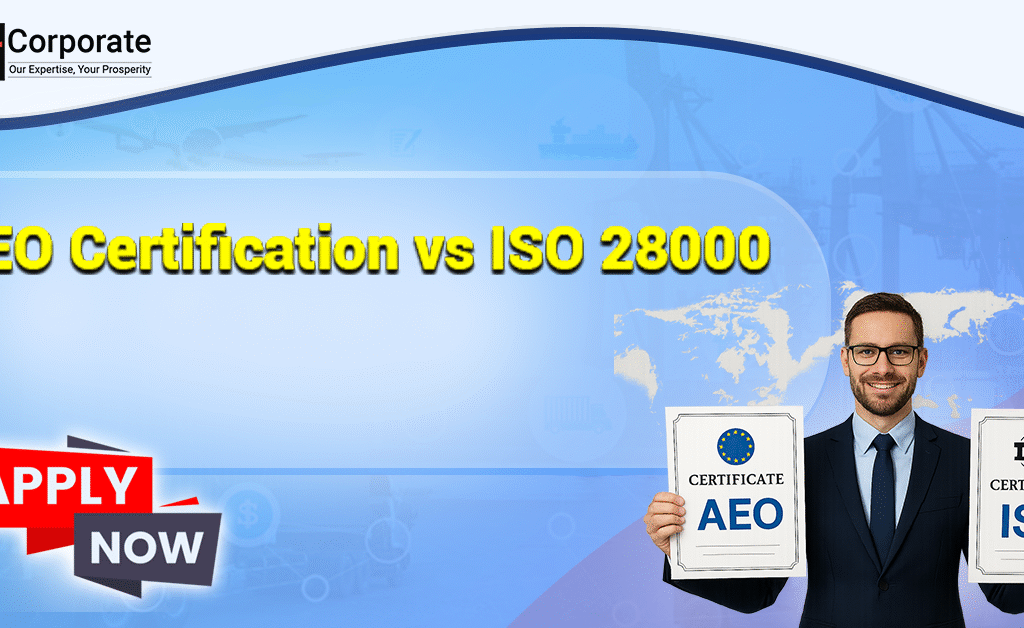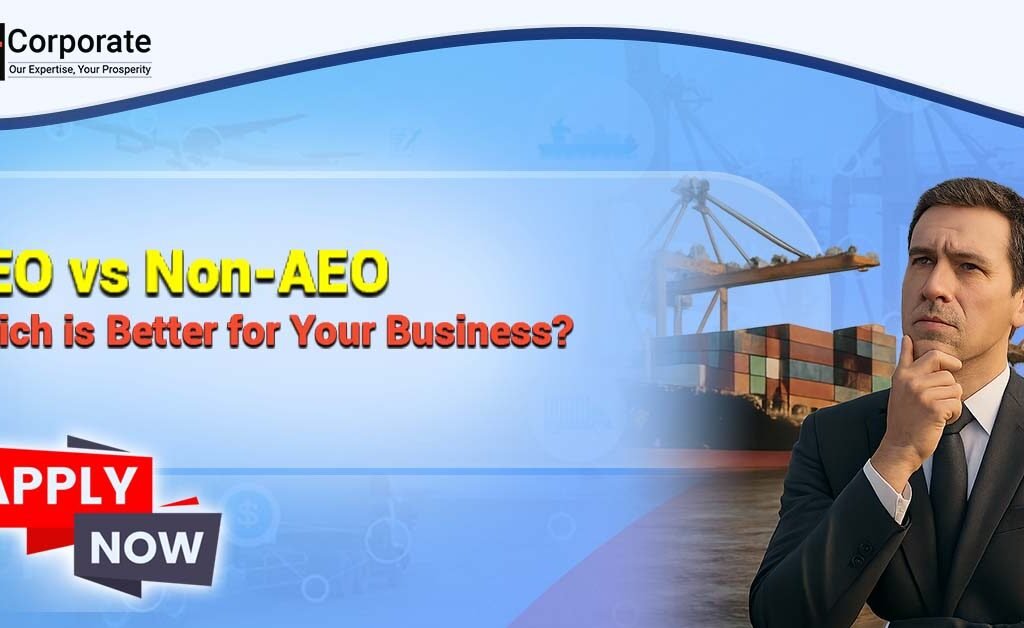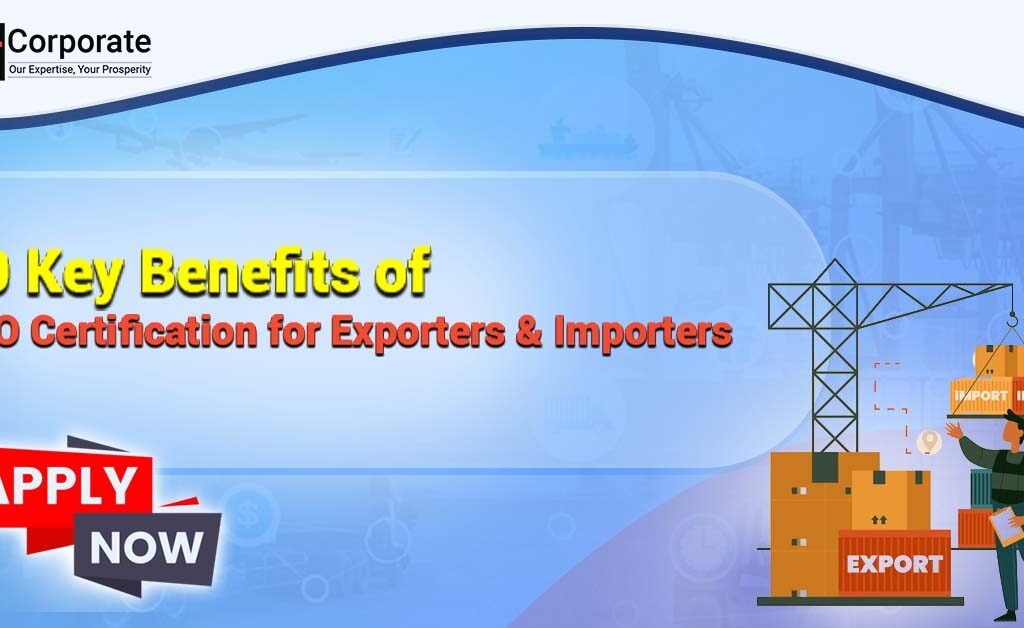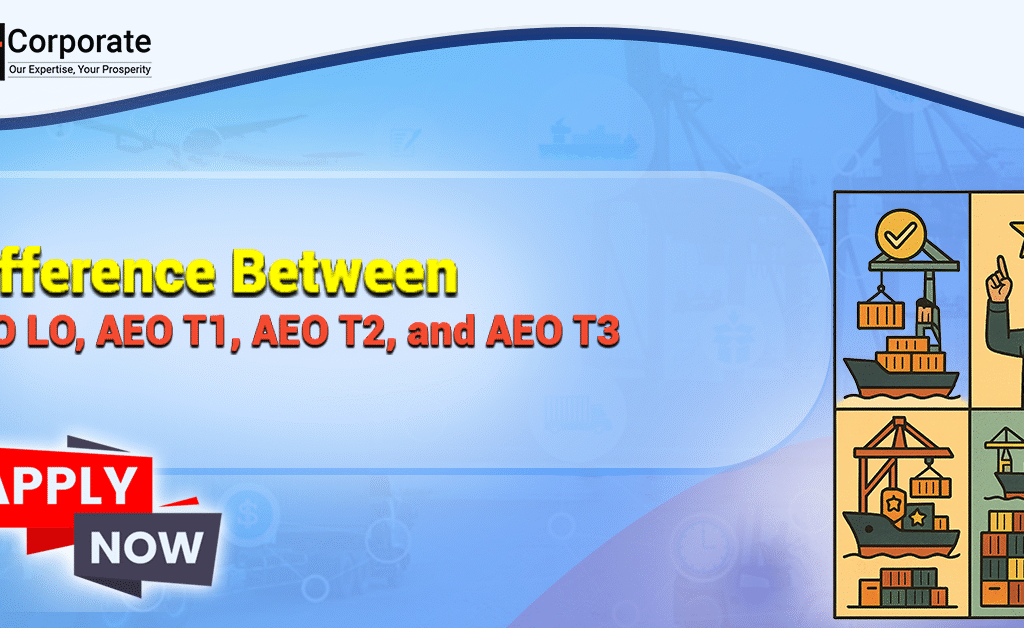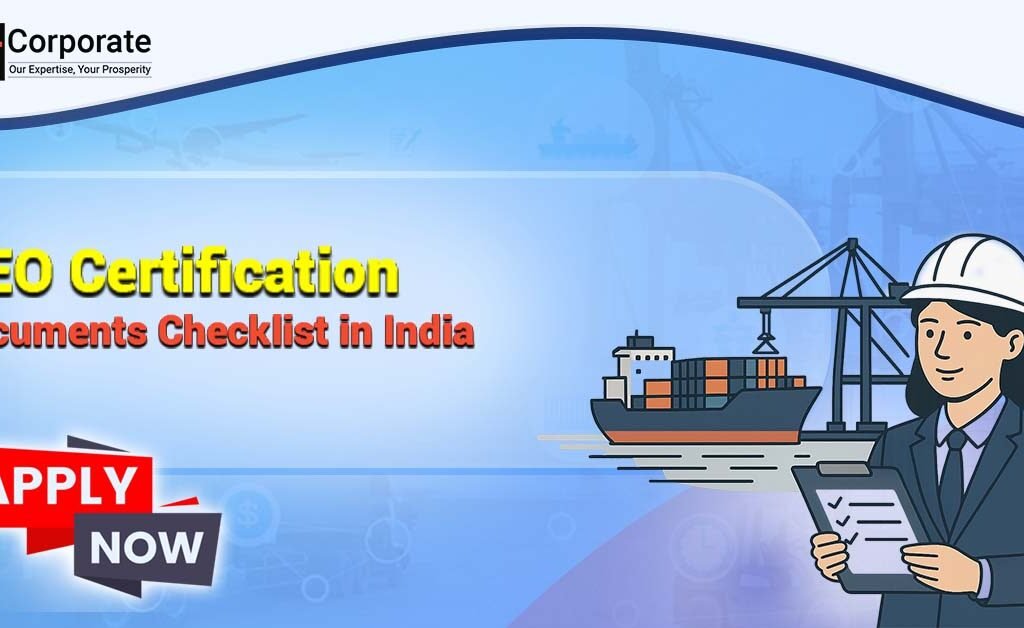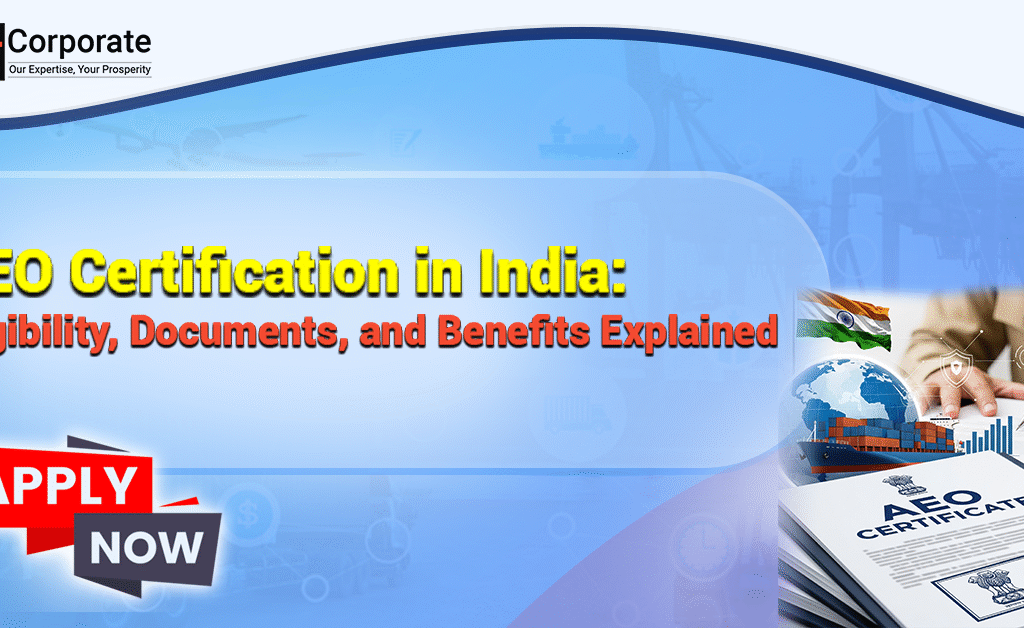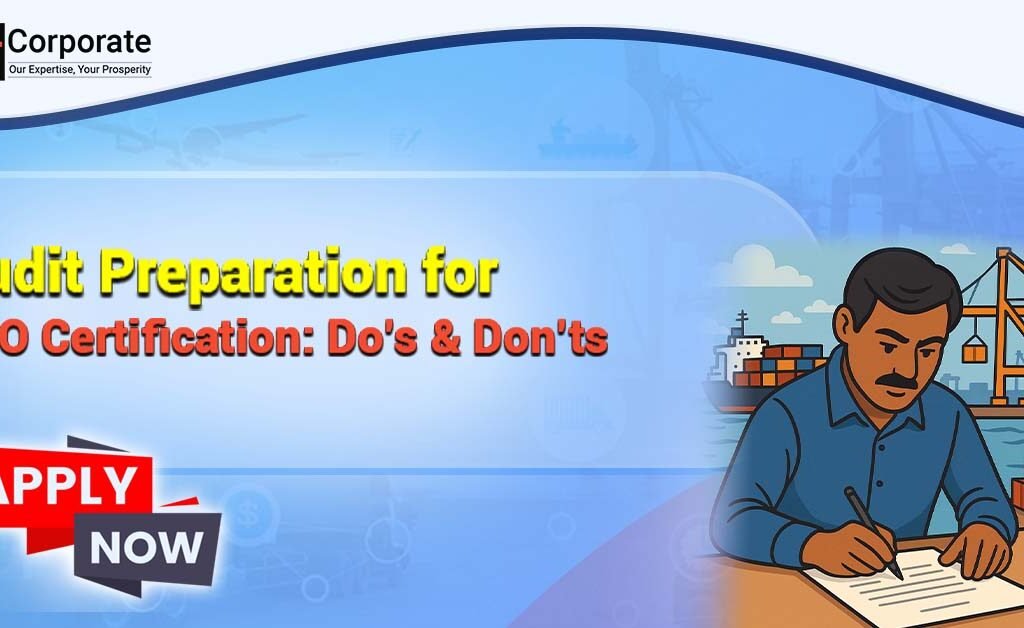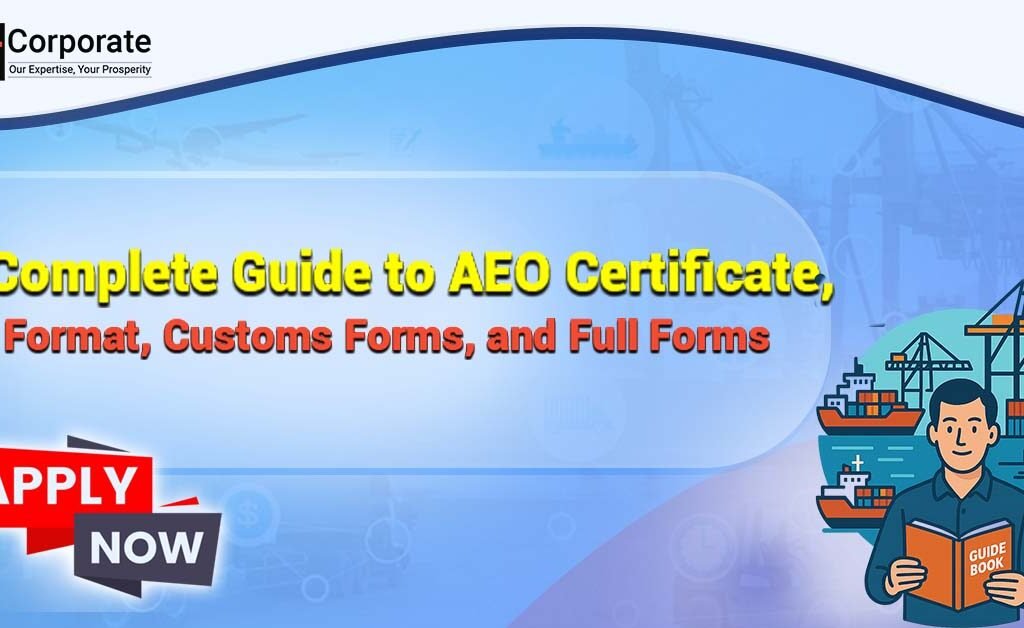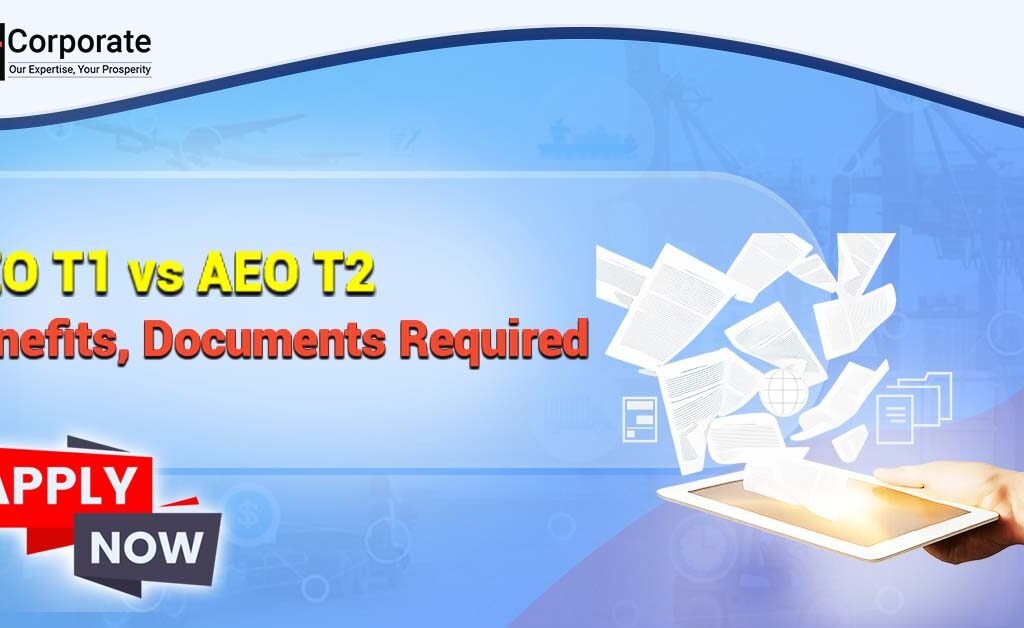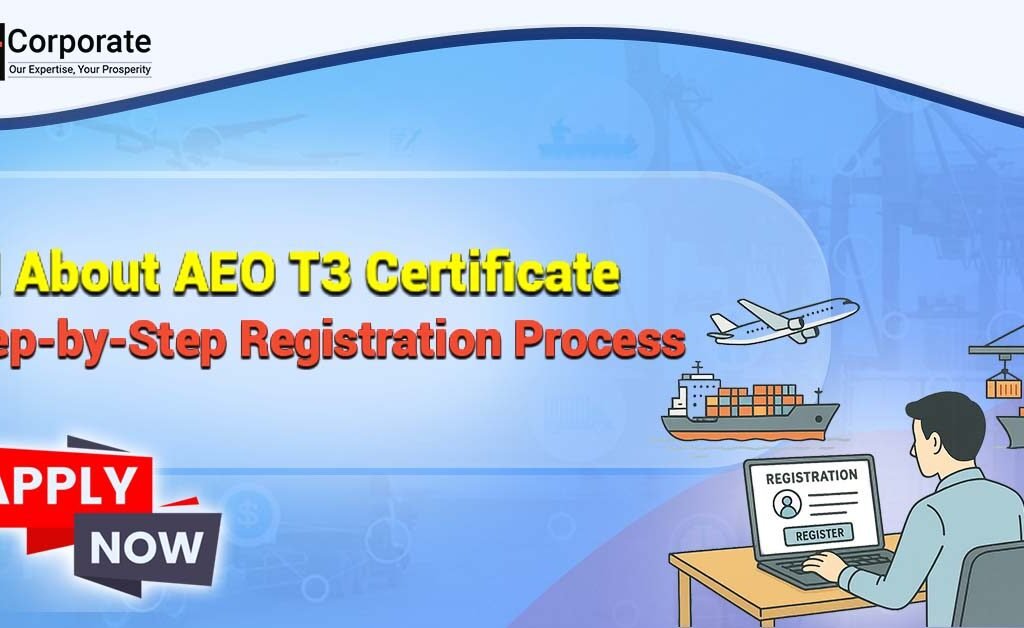AEO Certification vs ISO 28000: Which One Do You Need?
In today’s global trade, supply chain safety and compliance are top priorities. Governments want safe, transparent trade, while business wants to cut costs and reduce customs delays. Two frameworks are often compared authorized economic operators (AEO) certification and the ISO 28000: Supply Chain Safety Management System. Both supply chains strengthen safety – but they are not the same. Many businesses wonder: Should we apply for AEO Certification? Do we need ISO 28000? Or is it better to have both? This guide breaks down AEO Certification vs. ISO 28000, highlights their major differences, and helps you decide the best option for your business. What is AEO Certification? The authorised Economic Operator (AEO) program was introduced by the World Customs Organisation (WCO) under a safe structure of standards. In India, it is managed by the Central Board of Indirect Taxes and CIBICs. AEO certification is a voluntary program that recognises businesses as reliable, low-risk partners in the international supply chain. And think of it as a customs “fast-track pass” for importers and exporters. Types of AEO in India AEO-T1, T2, T3 – For importers/exporters (with increasing levels of benefits). AEO-LO – For logistics operators (freight forwarders, CHAs, custodians, carriers). Benefits of AEO Certification Priority clearance at ports Fewer customs inspections & reduced audits Direct Port Delivery (DPD) & Direct Port Entry (DPE) Deferred duty payment (cash flow advantage) Global reliability through mutual recognition agreements (MRAs) with countries like Hong Kong, South Korea, Taiwan (ongoing talks with the European Union, America, and Japan) What is ISO 28000? ISO 28000: 2007 is the supply chain safety management system standard developed by the International Organisation for Standardisation (ISO). The ISO provides a global structure for risk management in 28000 supply chains – threats such as smuggling, theft, terrorism, cyber risk and disruption. Think of ISO 28000 as a global “security management certification” that builds up customer and partner trust. Key Focus Areas of ISO 28000 Risk assessment & threat analysis Security policy & management responsibility Cargo handling and transport safety Information security & IT controls Emergency preparedness & incident management Benefits of ISO 28000 Enhances brand credibility & international trust Improves supply chain resilience & risk management Helps win global contracts where ISO certification is required Aligns with other ISO standards (ISO 9001, ISO 27001) Demonstrates commitment to global best practices AEO Certification vs ISO 28000: Key Differences Aspect AEO Certification ISO 28000 Issuer Customs Authorities (CBIC in India) International Organization for Standardization (ISO) Nature Regulatory recognition (Customs program) Voluntary management system standard Focus Trade facilitation, faster customs clearance, and trusted trader status Risk management, supply chain security, and global best practices Benefits Priority clearance, reduced inspections, cost savings, MRAs Global credibility, resilience, and contract eligibility Validity 3 years (T1/T2), 5 years (T3/LO) 3 years (with annual audits) Target Audience Importers, exporters, logistics operators Any business with supply chain operations Global Recognition Through MRAs with partner customs administrations Recognised universally across industries Which One Do You Need? Choose AEO Certification if: You are an importer or exporter frequently dealing with customs. You want faster clearance, fewer inspections, and lower costs. You need recognition under the Customs’ trusted trader program. Example: An Indian pharma exporter applies for AEO-T2. Their medicines are cleared within 1–2 days instead of 5–6 days, saving lakhs in warehousing charges. Choose ISO 28000 if: You want to strengthen supply chain security beyond customs. You need global credibility for risk management. You are bidding for contracts that require ISO certification. Example: A logistics operator bidding for international e-commerce contracts gains credibility with ISO 28000 certification and wins global tenders. For maximum advantage, many businesses go for both AEO + ISO 28000. Together, they deliver faster customs clearance + global risk management credibility. FAQs Is AEO Certification mandatory in India? No. It is voluntary but highly recommended for regular importers/exporters. How long does AEO Certification last? AEO-T1 & T2 → 3 years AEO-T3 & AEO-LO → 5 years How long is ISO 28000 valid? ISO 28000 is valid for 3 years with annual surveillance audits. Can SMEs apply for both? Yes. AEO-T1 is SME-friendly, and ISO 28000 can be scaled to company size. Which is recognised globally? AEO – recognised through MRAs with partner customs authorities ISO 28000 – recognised universally across industries Conclusion The choice between AEO Certification and ISO 28000 depends on your business goals: If your main challenge is customs clearance delays & costs – choose AEO Certification. If your priority is supply chain security & international credibility – choose ISO 28000. If you want the maximum competitive edge – go for both.

